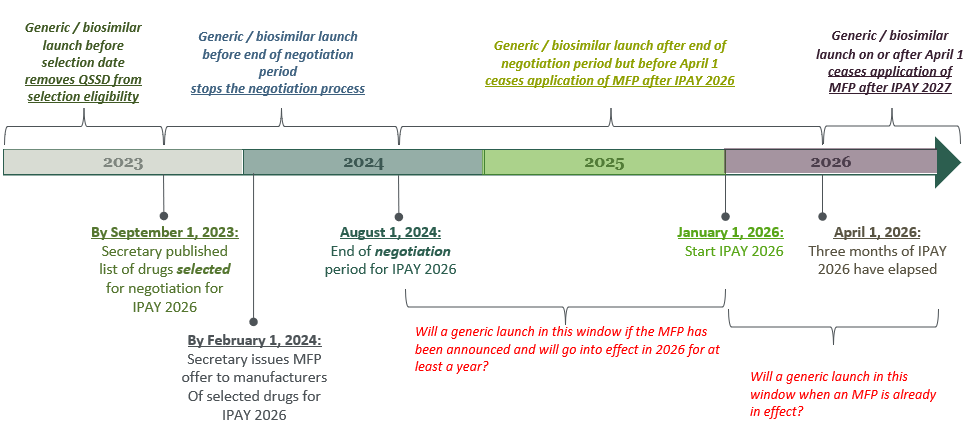How Do I Know If My Design Is Patentable? The New Test | Dunlap Bennett & Ludwig PLLC
Design patents protect the ornamental appearance of an article. The protection granted by a design patent is primarily indicated by illustrations. Since the first grant in 1842, the United States Patent and Trademark Office (USPTO) has issued about 1.03 million design patents.
Why would a designer want a patent? The blog at explains.
What makes a design patentable?
A patent can only be granted if the design is novel and nonobvious [35 USC 102, 35 USC 103, and 35 USC 171(b)]. The USPTO sets rules for determining if a design is patentable. The United States Federal courts have periodically set tests to analyze a design, further guiding the USPTO in its rulemaking.
Novelty (newness) is determined according to a test set in 1871. A design is not novel if “in the eye of an ordinary observer, giving such attention as a purchaser usually gives, two designs are substantially the same, if the resemblance is such as to deceive such an observer, inducing him to purchase one supposing it to be the other”. Gorham Manufacturing Co. v. White, 81 U.S. 511. In other words, if a new design would confuse a buyer into thinking it is the same as a previous design, the new design is not novel.
Previously, design patents were evaluated for obviousness by “the Rosen-Durling test” set by a court decision in 1996. According to the Rosen-Durling test, a new design could be challenged using a primary reference (called the “Rosen” reference) in combination with one or more secondary references. The “Rosen” reference must show a design that, as a whole, is “basically the same” as the new design. The secondary references must be “so related” to the primary reference that the secondary design suggested the application of ornamental features to the primary design.
What’s New?
In May, the United States Court of Appeals for the Federal Circuit (CAFC) redefined the test for nonobviousness [LKQ Corp. v. GM Global Tech. Operations LLC, No. 21-2348 (Fed. Cir. May 21, 2024) (en banc)]. The CAFC determined that the Rosen-Durling test was rigid, was inconsistent with 35 USC 103 and prior Supreme Court decisions, and “den[ies] factfinders recourse to common sense”.
Instead, the CAFC decided the analysis should follow “the Graham factors”, referring to the Supreme Court decision in Graham v. John Deere Co. of Kansas City, 383 U.S. 1 (1966). These factors are:
- Consider “the ‘scope and content of the prior art’”, referring to references published before the design application was filed. These references must be “analogous” art, which generally means they must be in the same field of endeavor as the design under consideration (e.g., the same article of manufacture) or they are pertinent to the problem addressed by the inventor (which the CAFC chose not to further define in the context of a design). The primary reference is likely to be the “most visually similar”.
- Determine “the differences between [the visual appearance of] the prior art designs and the design claim at issue” … “from the perspective of an ordinary designer in the field of the article of manufacture”. What does the new design show that isn’t shown in the primary reference?
- Resolve “the level of ordinary skill in the pertinent art”, i.e., of a designer in the technical field of the design. Based on the ordinary skill, would the designer think the differences were known variations or were obvious for another reason?
To combine a secondary reference with the primary reference, there must be a reason that a designer “would have modified the primary reference with the feature(s) from the secondary reference(s)”.
- Consider secondary considerations. Has the design shown “commercial success,” invited “industry praise” or “copying”? Is there evidence that the design meets “long felt but unsolved needs” e.g., the “failure of others” to attain the design? These factors may indicate that the design is not obvious.
How different is the new test?
In a concurrence, Judge Lourie called the decision destabilizing for overruling the Rosen and Durling test. However, Judge Lourie considers the new test to generally mean the same as the old test, swapping the new phrases “most visually similar” and “some record-supported reason” for the Rosen-Durling phrases “basically the same” and “so related” that “the appearance of certain ornamental features in one would suggest the application of those features to the other.” Time will tell whether the new test changes the way that design applications are examined or the way a design is evaluated in litigation.
[View source.]






